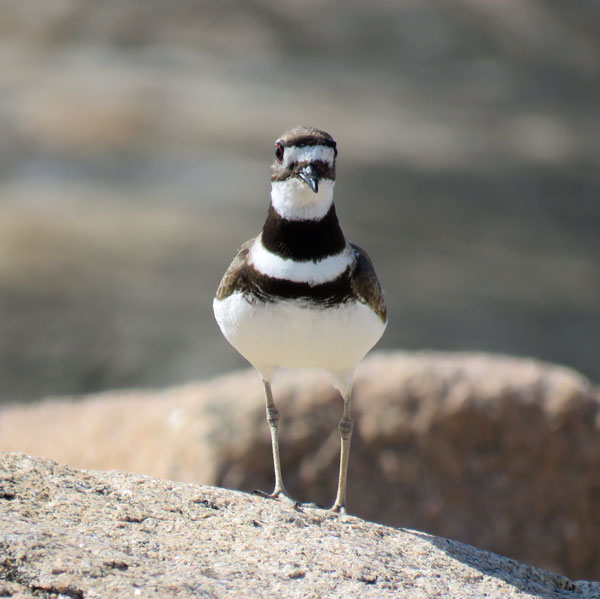
eastern tiger swallowtail
These pictures are from another walk we took when we were still sick, the weather being so nice we pushed ourselves out the door. It was good to see even more things blooming.


We stopped for quite a while to listen to a Carolina wren loudly singing from a high branch just off the path.

And I’m also glad we went because, finally, the lemon drop swamp azalea was blooming! It was back in January I first spotted the little buds and kept thinking it would bloom soon. I checked on it each and every visit, wondering what color the blooms would be. A lovely shade of lemon chiffon, perhaps.

I do miss my wild beach roses but down here I’ve happily discovered wild Carolina roses, also known as pasture roses. They look about the same to me!


For myself I hold no preference among flowers, so long as they are wild, free, spontaneous.
~ Edward Abbey
(Desert Solitaire)


The very tall (up to 8 feet!) giant coneflowers towered over me!





The height of a patch of native woodland sunflowers also caught my eye. Since I’m only 5 feet tall I guess I’m easily impressed.

And now, the weather is hot and humid, with no break in sight. But lots of flowers out there in the garden are surely thriving in it.





































































